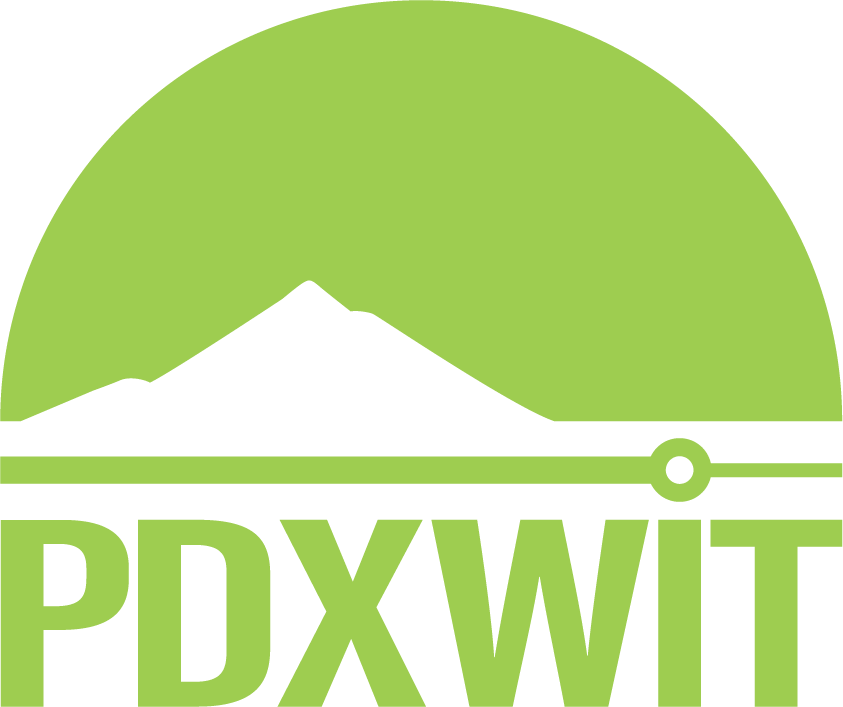Guts Over Fear: Learning How to Summon Your Courage
After I had practiced law for five years, I realized it wasn’t what I wanted to do with my life. It took me two more years to actually leave law and go into business. Once I had done it, I didn’t look back once.
I’ve since worked as the senior HR leader in a number of tech companies, and I often see women women shy away from opportunities where they could succeed. I don’t suggest that everyone quit their job and change careers. But I do advocate for being brave in whatever way is important to you.
Bravery is a skill, not an immutable trait. With practice, we can learn how to take the calculated risks that amount to courage.
Courage versus Confidence:
There is a difference between confidence and courage.
Confidence is self-assurance predicated on a belief in your own powers and abilities. We hear a lot about women’s confidence—actually, more often, about the lack thereof. Journalists Claire Shipman and Katty Kay, for example, have done extensive research and found that even successful women in very influential positions are filled with self-doubt. Because women are unsure of their value, they will often give up on new opportunities before they even try.
Their research found that the way to bolster confidence is to act. Success after action improves confidence. That’s where courage comes in.
Courage comes before confidence. Confidence building requires repeated action in order to bolster your belief in your skills and abilities, so you need courage to take those first actions. You need to be able to take calculated risks even though you are frightened.
So, how do you teach yourself bravery so you can use it at work? The best process I have discovered was outlined in 2007 by Kathleen K. Reardon, who is professor emeritus of management and organization at the USC Marshall School of Business. She calls it the Courage Calculation. Here’s how it works:
Working in tech requires us to be decisive and bold in a very fast paced environment. In order to decide whether to act, carefully evaluate your circumstance/issue by asking yourself six questions.
What are your goals and values as they relate to this decision? — Think about why this decision matters to you. Understanding what motivates you will help you make the right decision. Big moves are personal.
How important are these goals to you at this time? — If you didn’t act, would it bother you forever? Or would acting burn up all your political capital over something that really didn’t matter that much?
Do you have a support network if you go forward? – If there are repercussions or difficulties maintaining a new normal, will competent people have your back and/or help you figure out the next steps?
What is the cost vs. the benefit? – When anxious, we focus on what’s threatening and interpret ambiguous information negatively. So be as data driven and logical as possible, even get a second opinion for an unemotional evaluation. Also avoid “either/or” thinking: there are many ways you might proceed to obtain the outcome you seek.
When is the right time to act? – Outside of action/adventure movies, there are few times people must make high stakes decisions on the spot. Before you make a move, evaluate whether you will get maximum mindshare and backing from the people you are approaching.
Do I have a fallback plan? - If this decision were easy and the outcome clear, you wouldn’t need courage. Planning for the worst-case scenario is a method you can use to ensure you know what you will do if the action is not successful. Again, try very hard to be realistic and rational about consequences and how you’ll deal with them.
Remember, courage is acting even if you are afraid. By taking calculated risks, you are moving one step closer to your goals. You are also building confidence. As your self-assurance increases, you won’t need to be brave as often and it won’t be as scary when you do summon your courage. Once we are brave, our true potential will shine at work.
Ellen Raim has always been fascinated by what makes people tick. Her career has taken many turns in her pursuit of this knowledge. She was an employment lawyer, a human resources executive and a consultant. In addition to the JD, she has master’s degrees in organizational design and behavioral science. She thinks she is wiser than when she started this exploration and now looks for ways to share what she has learned. Check her out on LinkedIn.

